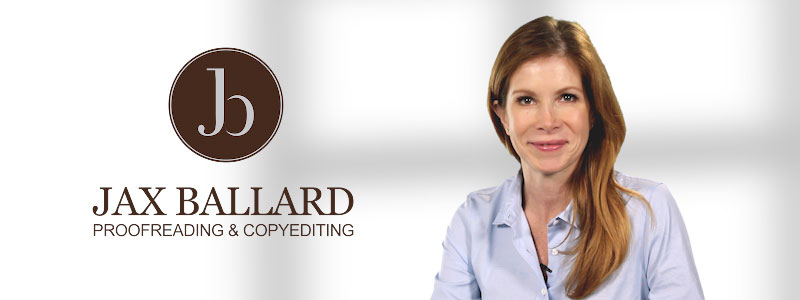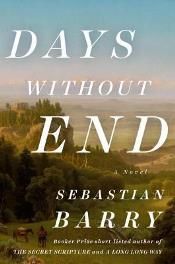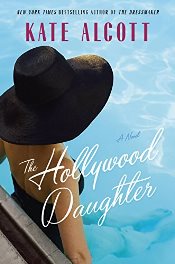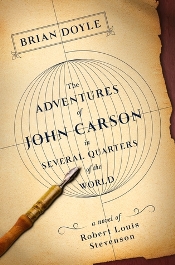Seven Successful Headline Templates For Almost Anything
For some writers, creating compelling copy comes naturally. For others, the copy writing process has all of the allure of a Monday morning root canal. However, the importance of drafting effective headlines applies to everything from English Composition 101 to the online web content for your business site’s front page.
Read: “It’s really important.”
We are all so used to seeing those “how to” and bullet lists that we have become as desensitized to the effects as a teenager yawning over “Insidious Chapter 3.” In today’s market, writing compelling headlines that engage a sophisticated audience calls for moving beyond the staid templates of the past.
So let’s bypass those generic blueprints that you’ve read a thousand times over, and add a new spin on the old headline formula. Here are some quick, easy, and free headlines templates that can help you refurbish your worn out headlines.
Seven Different Ways to Hit the Headline Hot Button
- Anyone Else Want {Blank}?
Tweaking this definitive social proof strategy with the call for “Anyone else want…” automatically infers a buy-in consensus that has predetermined the value of the {blank}. Though this idea may seem clichéd for some area of Internet marketing, it works with the accuracy of Swiss movement in the right arena. Moreover, it is also underscored with a subtle “limited time offer” that goes absolutely unwritten, yet absolutely present enough to move that itchy “trigger/click finger.”
Anyone Else Want a Hollywood Smile?
Anyone Else Want A Seven-Hour Work Week?
Anyone Else Want To Mastermind The Next “Uber” Idea?
- Insider Stealth Tips of {Blank} Revealed
This one is particularly effective in an industry where a little extra knowledge goes a long way. Marketing such as “Beauty” and “Fashion” are arenas where the smallest edge pays off in viral shares. Sharing insider knowledge presupposes an audience looking for information that will allow them to expand their knowledge in the field. Translate that into benefits for your readers, and they’ll keep coming back for more.
Insider Stealth Tips For Writing The Killer Dissertation
Insider Stealth Tips To Rocket Your #Ebook To #1 On Amazon
Insider Stealth Tips For Writing The Perfect College Essay
- This Time-Tested Method Helps {Blank} to {Blank}
Simple, yet effective: distinguish the target audience and connect the benefit they seek with the service that you provide.
This Time-Tested Method Helps Student Write Better Essays
This Time-Tested Method Helps Anyone Publish On Amazon
This Time-Tested Method Helps You Create Great Web Content
- Free Yourself of {Blank} Once and For All
This classic formula is known as “the painkiller.” Identifying a common, rather uncomfortable issue or condition and offering an antidote that promises an immediate (and eternal) release from the ongoing burden is especially effective when addressing universal conditions and issues.
Free Yourself of Essay Procrastination Once and For All
Free Yourself of ABD Once and For All & Write Your Dissertation
Free Yourself of Belly Fat Once and For All
- The Quickest & Most Effective Way to {Blank}
We try to stay away from universal statements, but in this case it applies: Everyone has at least one nagging problem that ranks too low on the priority list to address immediately, and yet high enough to maintain its place as an ongoing “anchor” in the middle of the “To Do” List. People hate these as much as they love finding quick and easy solutions that allow them to cross these problems off with a swift swipe of a Sharpie!
The Quickest & Most Effective Way to Shop For Back To School
The Quickest & Most Effective Way to Whiten Your Smile
The Quickest & Most Effective Way to Write A Killer Thesis
- You Can Finally {Blank}{Blank} Without {Blank}
A classic approach that offers readers a viable means to “have [their] cake and eat it, too” headline. This headline template begs for compelling video, a quick “call to action” button, or pictures that underscore the benefit.
You Can Finally Get Cable Without Paying A Fortune
You Can Finally Enjoy A Vacation Without Breaking The Bank
You Can Finally Make Healthy Meals Without Spending Hours in the Kitchen
- {Action} like {The Exemplar}
Once you have identified your target audience, couch your benefit in a well-known, measureable way—using, for your example, the pinnacle of performance. This technique promises ranking in areas where competition rules; the lure of an edge that will skyrocket a participant to the top creates great headline material for your copy.
Party Like Gatsby
Write Like Hemingway
Rock A Swimsuit Like A Supermodel
The Bottom Line on Headlines
In the end, headline templates just provide a starting place for creating meaningful “titles” to help you connect with your audience. And connection is the key word here. To draft great headline for your copy, you have to know your audience intimately in order to help them understand the true benefit of your work, your service, your product, or your idea.
So…
Anyone Else Want To Publish On Amazon?











